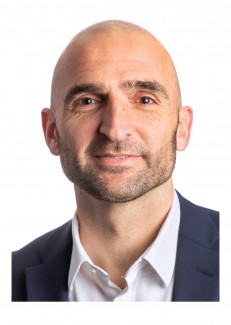Mercy Hospital Dunedin - Urology
Description
Mercy Hospital is a not-for-profit surgical hospital committed to delivering 'exceptional care that makes a difference' to Otago and Southland residents.
Independent specialists provide surgery that focuses on the urinary tracts of males and females, and on the reproductive system of males. Urologists are trained to diagnose, treat, and manage patients with urological disorders. The organs covered by urology include the kidneys, ureters, urinary bladder, urethra, and the male reproductive organs.
This surgical service is provided at our facility by the following medical specialists. For further information please seek a referral through your GP or contact your preferred specialist directly.

